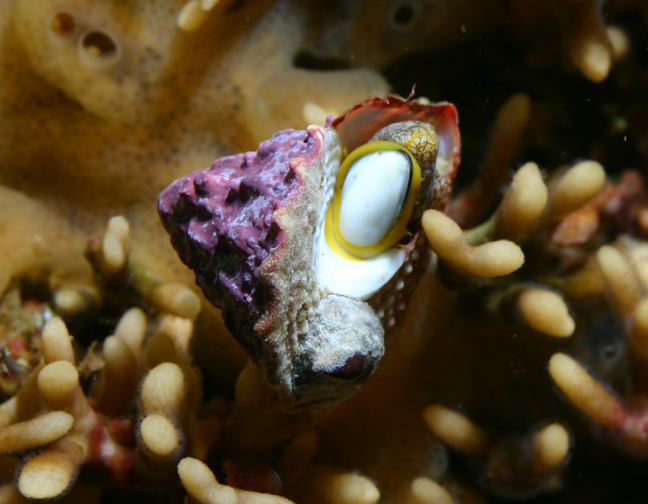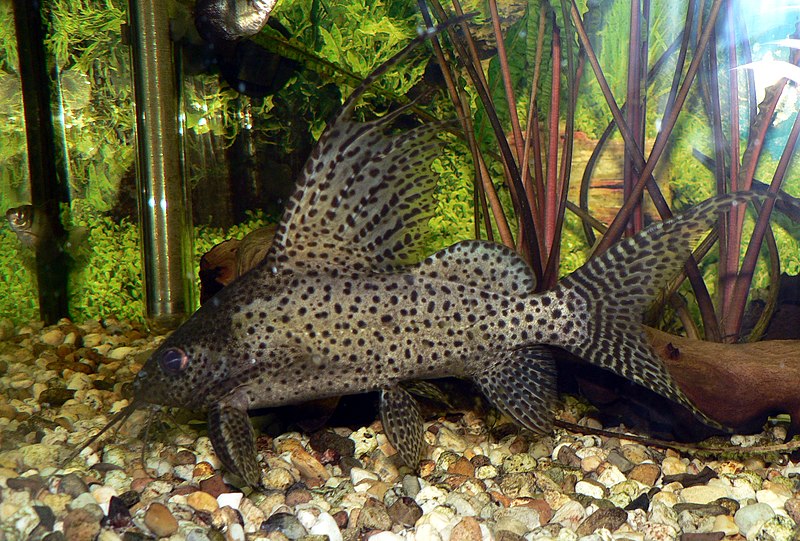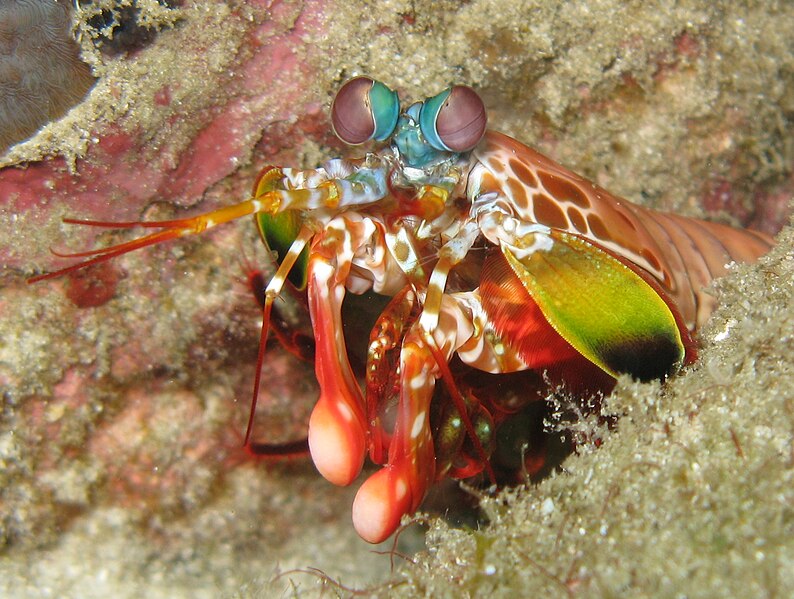 “Why is that snail just sitting there? Is it dead? Why do they keep dying?”
“Why is that snail just sitting there? Is it dead? Why do they keep dying?”
Common questions with a lot of possible answers – Water quality, mineral or vitamin difficiency, starvation, predation – but often the solution can be quite simple…it fell down and couldn’t get up. Snails crawl around all the time, but falling off of a surface and ending up with their shell on the sand can be a death sentence.
Most snails aren’t adapted to environments where there they may get flipped upside-down (like falling off the straight sides of an aquarium). They are from environments where they are either not climbing at all (like sand flats) or where if they do fall, they either roll until they are right-side-up again or fall where they can reach another surface and right themselves. Being upside-down for short periods of time won’t kill the snails, but it does leave them vulnerable to predation from tankmates, and they can’t feed or do any other normal snail things. Some snails can flip themselves over like acrobats, but others may need a hand if they get stuck. Read More »

 That Fish Blog – Aquarium Advice and Information
That Fish Blog – Aquarium Advice and Information



